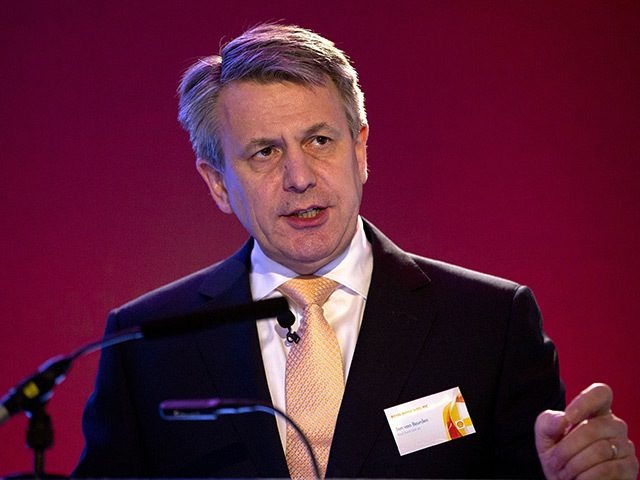
Shell’s chief executive Ben van Beurden this morning confirmed a host of strategies aimed at curbing Shell’s spending and strengthening its financial position, including targeting up to 10 country exits.
The company leader said: “I see important opportunities for Shell from the substantial and lasting changes underway in the energy sector.
“We expect to see robust demand for oil and gas for decades to come, in a global energy system in a long-term transition to lower carbon fuels. As well as low oil prices today, we are seeing higher levels of price volatility, due to geopolitical change, the speed of information flows, and the pace of innovation in our sector.
“By capping our capital spending in the period to 2020, investing in compelling projects, driving down costs and selling non-core positions, we can reshape Shell into a more focussed and more resilient company, with better returns and growing free cash flow per share.
“All of this is underpinned by an unrelenting focus on safe and environmentally-responsible operational performance, high quality and commercial project execution and prudent financial management of the company.”
Van Beurden outlined the oil major’s portfolio priorities, which have been revised to “drive an improvement in returns and free cash flow”.
The company will now focus on three areas – cash engines, growth priorities and future opportunities.
Cash engines will encompass conventional oil and gas, integrated gas, oil sands mining, and oil products. Growth priorities will cover deep water and chemicals. Finally, future opportunities will include shale and new energies.
Shell’s deep-water production could double, to some 900 thousand barrels of oil equivalent per day (kboed) in 2020, compared with 450 kboed in 2015.
It labelled Brazil and the Gulf of Mexico as the “best real estate in global deep water”.
Van Beurden also revealed the company’s plan to exit up to 10 countries in a bid to free up cash flow.
A company statement read: “Asset sales, as planned, are expected to be $30 billion for 2016-18. We have earmarked up to 10% of Shell’s oil and gas production, including 5 to 10 country exits, for disposal. We expect to make significant progress on the first $6-8 billion of this programme in 2016.”
The firm will also restrict capital investment to between $25-$30billion each year until 2020.
“In the prevailing low oil price environment we will continue to drive capital spending down towards the bottom end of this range; or even lower if needed. In a higher oil price future we intend to cap our spending at the top end of the range,” a company statement read.
Shell expects to reach a run-rate of $40billion of underlying operating costs at the end of 2016, some 20% lower than the 2014 pro-forma level for Shell-plus-BG with potential for further cost reduction.
“As a result of Shell’s portfolio development and investment, we expect to see an improvement in returns in the next few years, our debt reduced, and significant growth in free cash flow, across a range of oil prices. For example, organic free cash flow could reach $20-$25 billion and return on capital employed some 10% around the end of the decade, assuming $60 oil prices. This compares to 2013-15 averages of $12 billion and 8% with average $90 oil prices,” a company statement read.
Van Beurden added: “Our strategy should lead to a simpler company, with fundamentally advantaged positions, and fundamentally lower capital intensity. Today, we are setting out a transformation of Shell.”
Recommended for you
